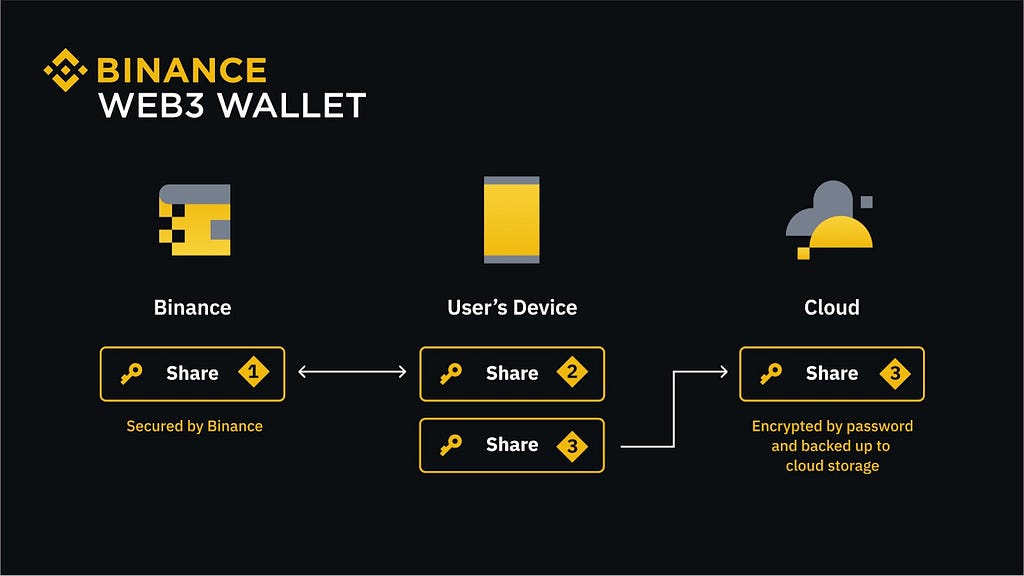Bridging the Gap: Attaining Mass Adoption Through Accessible Wallet Design
The Struggle for Simplicity Without Compromise
The collapses of centralized entities like FTX underscore the need for secure and user-friendly self-custodial wallets. However, most current offerings fall short of catering to mainstream users. Progress is accelerating, but questions remain around whether wallets or users themselves are unprepared.
Crypto wallets enable direct asset custody, avoiding third-party risks. Yet managing private keys introduces responsibilities many find daunting. Features like seed phrase backups and transaction signing flummox average adopters. So some blame wallets for inadequate usability, not users themselves.
Decentralization inherently requires users to shoulder accountability. But the learning curve is steep for those accustomed to custodial solutions. As crypto penetrates mainstream finance, wallets must refine accessibility without compromising decentralization’s core tenets.
Emerging Models and Their Tradeoffs
In response, providers like Binance developed multi-party computation (MPC) wallets to ease user burdens. MPC wallets split a private key into segments distributed across user devices, cloud accounts, and entities like Binance. This limits custodial control while improving recoverability. However, it retains third-party reliance some may consider antithetical to crypto’s ethos.
Legacy offerings like MetaMask remain popular despite usability gaps. MetaMask solely relies on seed phrases, leaving users solely responsible for key management. Losing phrases means irrevocable loss of funds — an insurmountable hurdle for many. MetaMask also suffers security risks as browser extensions are vulnerable to phishing and hacking.
Newer smart contract wallets like Argent aim to bolster security using proxy contracts and protocols like EIP-1271 to require user confirmation for sensitive operations. However, dependencies on signature providers introduce third-party reproducibility risks. Additionally, users may lose control of smart contract wallets if they forget to upgrade or pay fees since developers control the underlying infrastructure.
Each emerging model offers innovations but retains core limitations around reconciling decentralization and mass-market viability. Hybrid versions will likely combine elements, but challenges persist.

The Long Road to Decentralized, User-Friendly Wallets
Perhaps perceptions must also evolve to accept managing digital keys as a requisite responsibility for accessing a natively digital asset class. The learning curve is real, but so is the value proposition. Wallets are maturing rapidly, but assuming full personal accountability is the biggest leap.
Fundamentally, no self-hosted wallet can ever offer foolproof security or recoverability without compromising decentralization. Users must exercise personal responsibility when handling keys. Relying on features like in-app swapping also carries risks, making use of trusted DEXes preferable despite added steps.
Ultimately, wallets remain iterative works in progress. However, their advancement is quickening as consumer demand and market forces react to cemented distrust of centralized offerings. The path forward will likely incorporate elements across multiparty computation, identity hubs, proxy contracts, account abstraction, and zero-knowledge cryptography. But finding an equilibrium between decentralization and mass adoption demands remains an open challenge.
Perhaps the solution will be a combination of technology, education, and shifting perceptions. Wallets will continue improving accessibility through thoughtful design. But users must also embrace managing private keys as the price of financial sovereignty. With pragmatic advances on both fronts, the decentralized yet user-friendly wallet may soon become a reality.
Bridging the Gap : Attaining Mass Adoption Through Accessible Wallet Design was originally published in The Dark Side on Medium, where people are continuing the conversation by highlighting and responding to this story.
